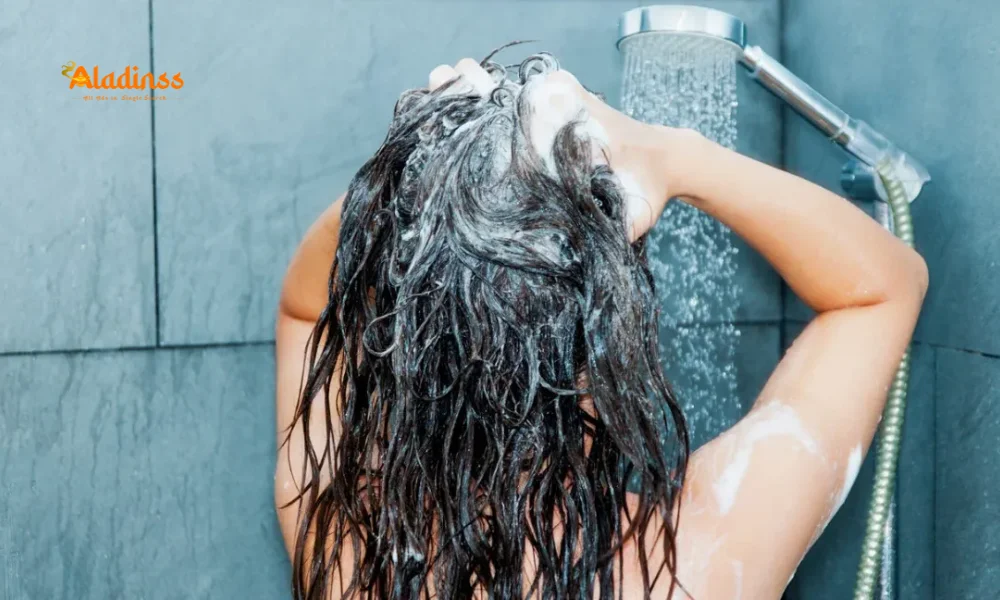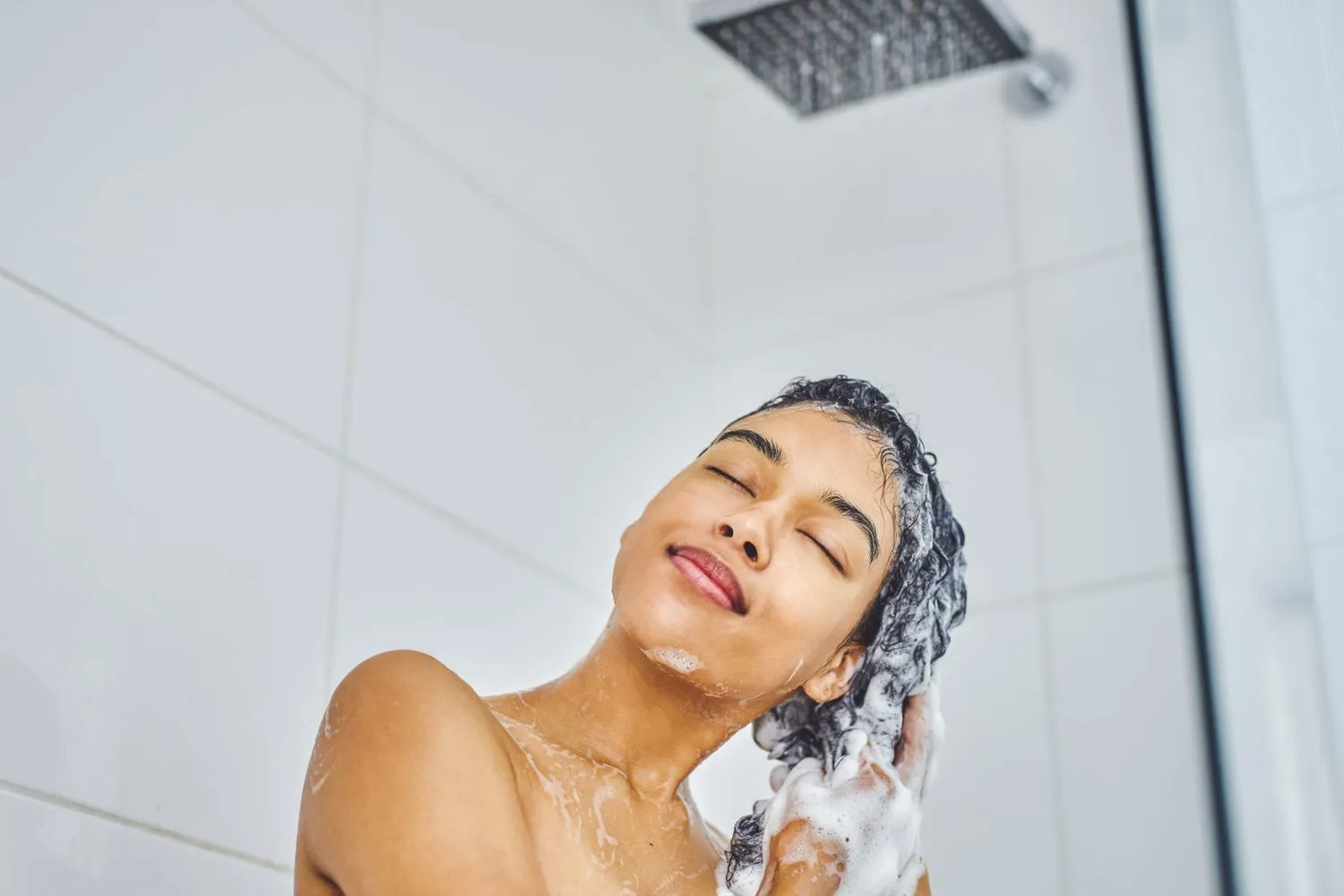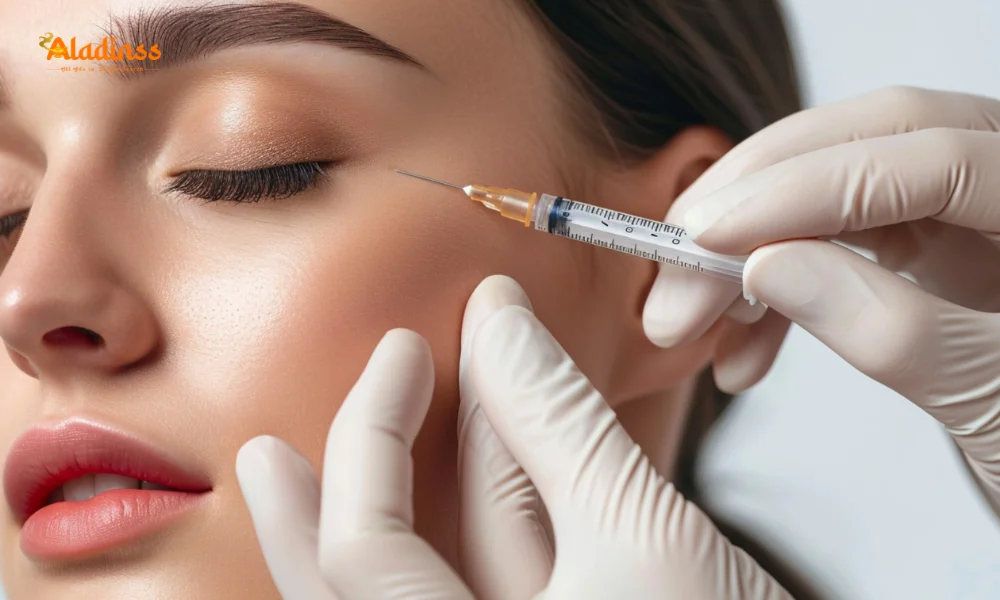Daily vs Weekly Hair Washing Guide

Daily vs Weekly Hair Washing: Best Frequency for Your Hair Type in 2025
Navigating the world of hair care often leaves many puzzled about the ideal shampooing routine, with opinions split between daily hair washing to maintain cleanliness and weekly sessions to safeguard natural scalp oils. As we step into 2025, understanding the best hair washing frequency hinges on individual factors like hair type, daily activities, and environmental exposure, ensuring optimal scalp health and vibrant locks. Daily shampooing suits those in polluted or active lifestyles, stripping away grime and excess sebum for a fresh feel, while weekly routines benefit dry or curly hair by preserving moisture and reducing damage. This guide delves into the pros and cons of each approach, helping you tailor a regimen that enhances hair health without compromise. Whether battling oily roots or brittle ends, finding the right balance in hair washing frequency can transform your mane from lackluster to luscious, backed by dermatological insights and user experiences.
In an era where personalized beauty reigns, experts from the American Academy of Dermatology emphasize that there's no one-size-fits-all for shampooing schedules. Factors like sebum production-higher in oily hair types-and external stressors play pivotal roles. For urban dwellers facing daily pollution, frequent cleanses prevent buildup, whereas those with textured hair thrive on less intervention to avoid stripping essential hydration. Let's explore these nuances to empower your hair care choices.

Pros and Cons of Daily Hair Washing: Ideal for Oily Scalps and Active Lifestyles
For individuals immersed in bustling city environments or rigorous physical routines, embracing daily hair washing emerges as a practical strategy to combat accumulated impurities and maintain hygiene. This approach effectively eliminates perspiration, environmental contaminants, and surplus sebum, fostering a refreshed scalp free from unwanted odors and discomfort.
Key advantages include thorough removal of excess oils and debris, as the scalp's natural sebum, while protective, can accumulate and lead to a greasy appearance if unchecked. Regular cleansing also mitigates risks of dermatological issues such as flaking, irritation, or microbial overgrowth, promoting overall scalp wellness. For those engaging in daily workouts or exposed to high pollution levels, this frequency ensures a clean foundation, enhancing hair manageability and styling ease.
However, drawbacks loom: frequent shampooing can deplete vital natural oils, resulting in parched strands prone to breakage and frizz. Harsh formulations with sulfates may exacerbate scalp sensitivity, triggering inflammation or compensatory oil overproduction. Additionally, repeated exposure to warm water and friction weakens hair fibers, heightening susceptibility to split ends and dullness. Balancing with gentle, moisturizing products is crucial to offset these effects.
Benefits and Drawbacks of Weekly Hair Washing: Perfect for Dry and Curly Hair
Opting for weekly hair washing proves advantageous for those with arid or textured tresses, allowing natural sebum to nourish and fortify strands over extended periods. This method supports hair resilience and luster by minimizing disruptions to the scalp's equilibrium.
Notable perks encompass retention of inherent hydration, as infrequent cleansing preserves protective oils that combat dryness and breakage. It fosters a balanced scalp environment, curbing excessive sebum output and potential irritations. By avoiding aggressive chemicals in shampoos, this routine shields against stripping, yielding stronger, more vibrant hair. For curly or coarse types, it enhances curl definition and reduces frizz, promoting natural bounce.
On the flip side, for inherently greasy scalps, this frequency invites accumulation of residues, sweat, and pollutants, potentially sparking dandruff or itchiness. Hair may appear limp or oily mid-week, affecting aesthetics and confidence. In humid or active settings, infrequent washes could exacerbate odor or discomfort, necessitating interim solutions like dry shampoos.
Tailoring Hair Washing Frequency to Your Specific Hair Type and Needs
Determining the optimal shampooing cadence requires assessing personal attributes: oily scalps thrive on 1-2 day intervals to regulate sebum, while dry or wavy varieties favor 1-2 weekly sessions for moisture preservation. Fine strands benefit from alternate-day cleanses to avoid weighing down, whereas thick or robust hair endures weekly routines gracefully.
Lifestyle influences matter too-gym enthusiasts or urban residents might lean daily to counter sweat and smog, per trichologist advice. Color-treated or chemically processed hair demands gentler frequencies to retain vibrancy, ideally 2-3 times weekly with sulfate-free formulas. Seasonal shifts play a role: winter's dryness calls for sparser washes, summer's humidity for more frequent ones.
Consult dermatologists for personalized plans, especially with conditions like psoriasis or seborrhea. Experimentation-tracking scalp feel and hair vitality-guides fine-tuning, ensuring your routine aligns with 2025's holistic wellness trends.
Expert Tips for Effective Hair Washing Regardless of Frequency
Irrespective of schedule, technique elevates outcomes: Use lukewarm water to avoid stripping oils, apply shampoo to scalp for focused cleansing, and conditioner to ends for hydration. Gentle massaging stimulates circulation without abrasion, and thorough rinsing prevents residue.
Product selection is key-opt for pH-balanced, natural-ingredient shampoos like those with aloe or argan oil for nourishment. Weekly deep conditioning masks restore balance, while scalp scrubs quarterly exfoliate buildup. Air-drying minimizes heat damage, supplemented by protective serums.
Diet and hydration bolster from within: Omega-3s from salmon and ample water enhance sebum quality. Stress management via yoga curbs hormonal oil spikes. In 2025, smart devices like AI scalp analyzers personalize further, revolutionizing routines.
Common Myths Debunked: Separating Fact from Fiction in Hair Care
Myth: Daily washing causes hair loss-fact: Proper technique doesn't; excessive force does. Myth: Weekly washes make hair grow faster-fact: Genetics dictate growth, but health aids retention. Myth: All shampoos are equal-fact: Tailor to type for efficacy.
- Myth: Hot water cleans better-fact: It dries; lukewarm preserves.
- Myth: Skipping washes thickens hair-fact: Cleanliness prevents breakage.
- Myth: Oily hair needs daily-fact: Over-washing worsens.
Armed with truths, curate a sustainable practice for enduring shine.
Evolving Hair Care Trends: What 2025 Holds for Shampoo Routines
2025 ushers sustainable innovations: Waterless shampoos cut environmental impact, AI apps scan scalps for custom frequencies. Probiotic formulas restore microbiomes, while VR consultations democratize expert advice.
Global influences blend: Ayurvedic oils for weekly rituals, K-beauty essences for daily glow. As inclusivity grows, regimens adapt to diverse textures, empowering all to optimize best hair washing frequency.
Ultimately, listen to your hair-adjust as needed for peak vitality in 2025 and beyond.
Comment / Reply From
No comments yet. Be the first to comment!






